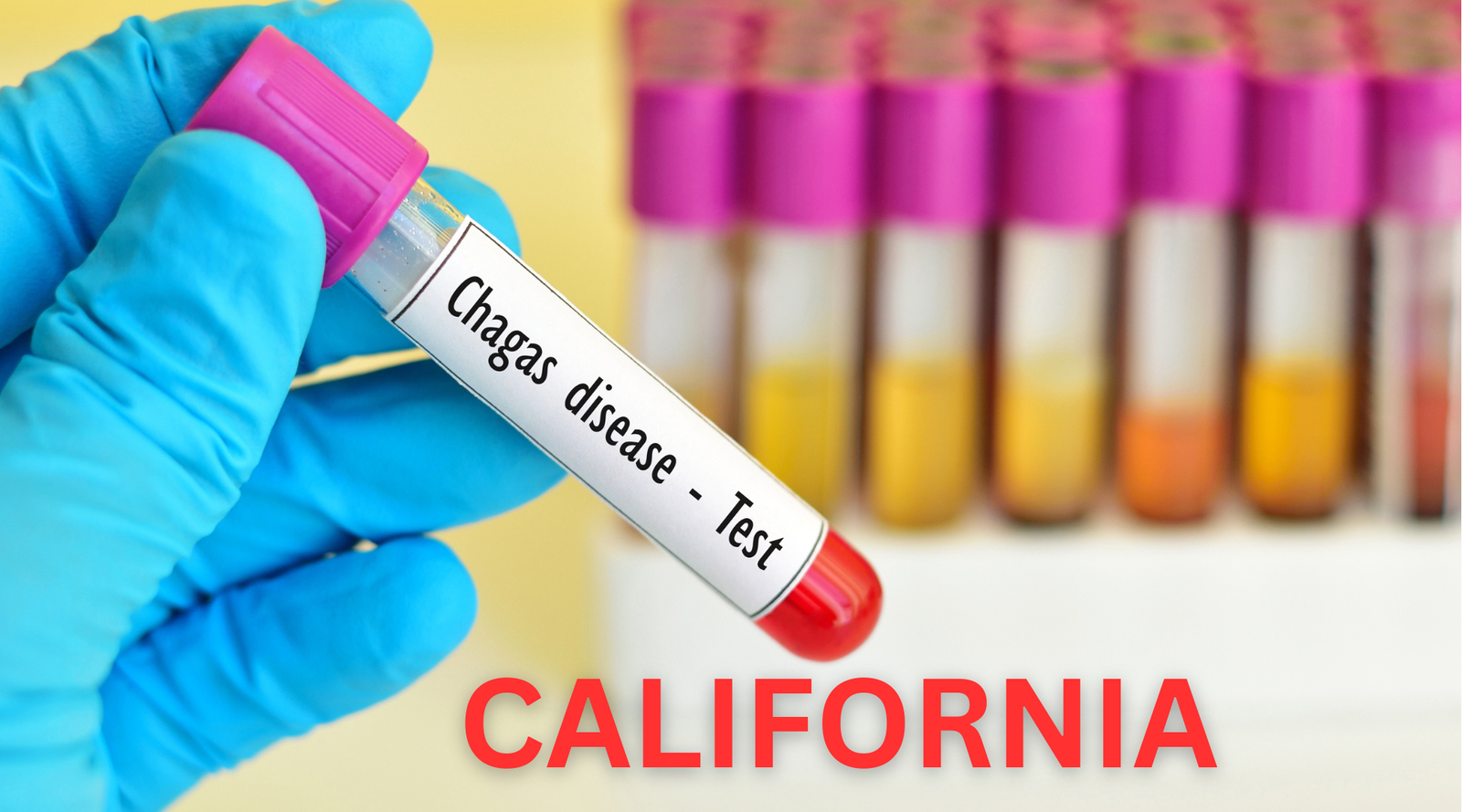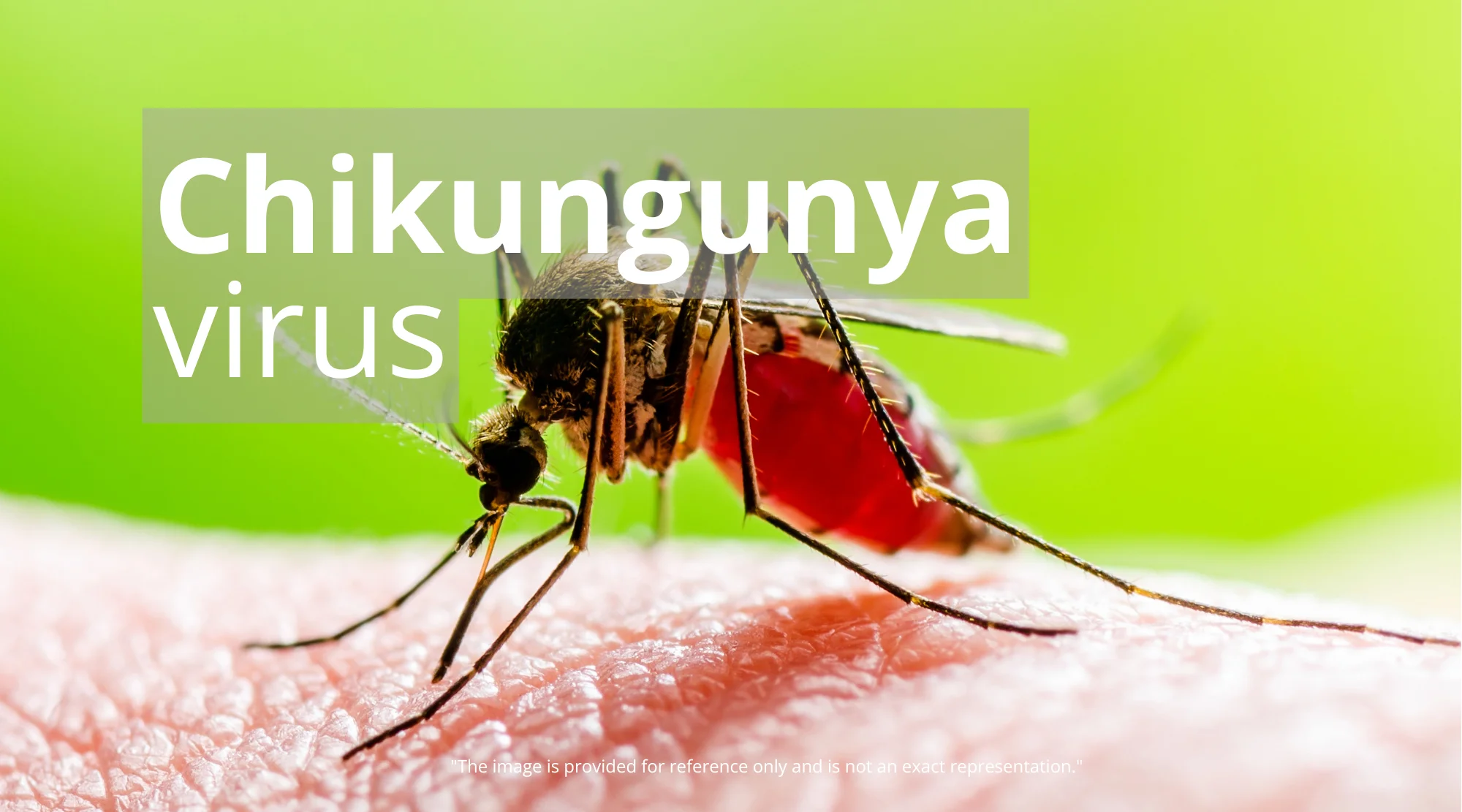Chagas Disease in California: What You Need to Know and Why
Recent reports of the presence of kissing bugs in California, carriers of the parasite causing Chagas disease, have sparked understandable concern among residents. While the situation warrants awareness, it’s crucial to approach it with informed perspective. This article provides a comprehensive overview of Chagas disease, its risks, and what Californians need to know.

Understanding Chagas Disease: The Basics
Chagas disease, also known as American trypanosomiasis, is a potentially serious illness caused by the parasite Trypanosoma cruzi (T. cruzi). The parasite is primarily transmitted to humans through the bite of triatomine bugs, often called kissing bugs, due to their tendency to bite around the face. These bugs become infected when they feed on the blood of infected animals.
Identifying the Risk: How Chagas is Transmitted
The primary mode of transmission is through the bite of an infected kissing bug. The parasite lives in the bug’s feces. If the bug defecates while feeding, and its feces come into contact with the bite wound, the parasite can enter the body. Transmission can also occur if the infected feces comes into contact with mucous membranes, such as the eyes or mouth. In rare cases, Chagas can be transmitted through blood transfusions, organ transplants, or from mother to child during pregnancy. For more information about the transmission, you can visit the Centers for Disease Control and Prevention (CDC) site. [LINK-1: https://www.cdc.gov/parasites/chagas/index.html]
Symptoms and Stages: Recognizing the Signs
Chagas disease has two distinct phases: acute and chronic. The acute phase, which usually lasts a few weeks, may present with mild, flu-like symptoms like fever, fatigue, body aches, headache, and rash. Some individuals may experience swelling at the bite site or around the eye (Romaña’s sign).
The chronic phase can persist for years or even decades. Often, it is asymptomatic, meaning the infected person shows no noticeable symptoms. However, in approximately 20-30% of those infected, the chronic phase can lead to severe health problems, including heart damage (cardiomyopathy), digestive issues like an enlarged esophagus or colon, or neurological problems.
Chagas Disease in California: Assessing the Threat
While kissing bugs carrying T. cruzi have been found in California, the risk of contracting Chagas disease is relatively low. The California Department of Public Health reports that most cases in the state are acquired outside of the US. [LINK-2: https://www.cdph.ca.gov/Programs/CID/DCDC/Pages/Chagas-Disease.aspx]. Kissing bugs tend to inhabit rural areas and foothills, and the transmission rate is not very high.
Preventive Measures: Protecting Yourself
- Awareness: Familiarize yourself with the appearance of kissing bugs. They are typically about the size of a penny and have a distinctive shape.
- Home Inspection: Regularly inspect your home for cracks and openings where bugs could enter, especially in rural or wooded areas.
- Professional Help: If you suspect a kissing bug infestation, contact your local vector control agency for identification and assistance.
Final Thoughts: Staying Informed and Proactive
While the presence of kissing bugs in California may seem alarming, understanding the disease, its transmission, and preventative measures can help alleviate unnecessary worry. Stay informed, take sensible precautions, and consult with healthcare professionals if you have concerns.














Post Comment